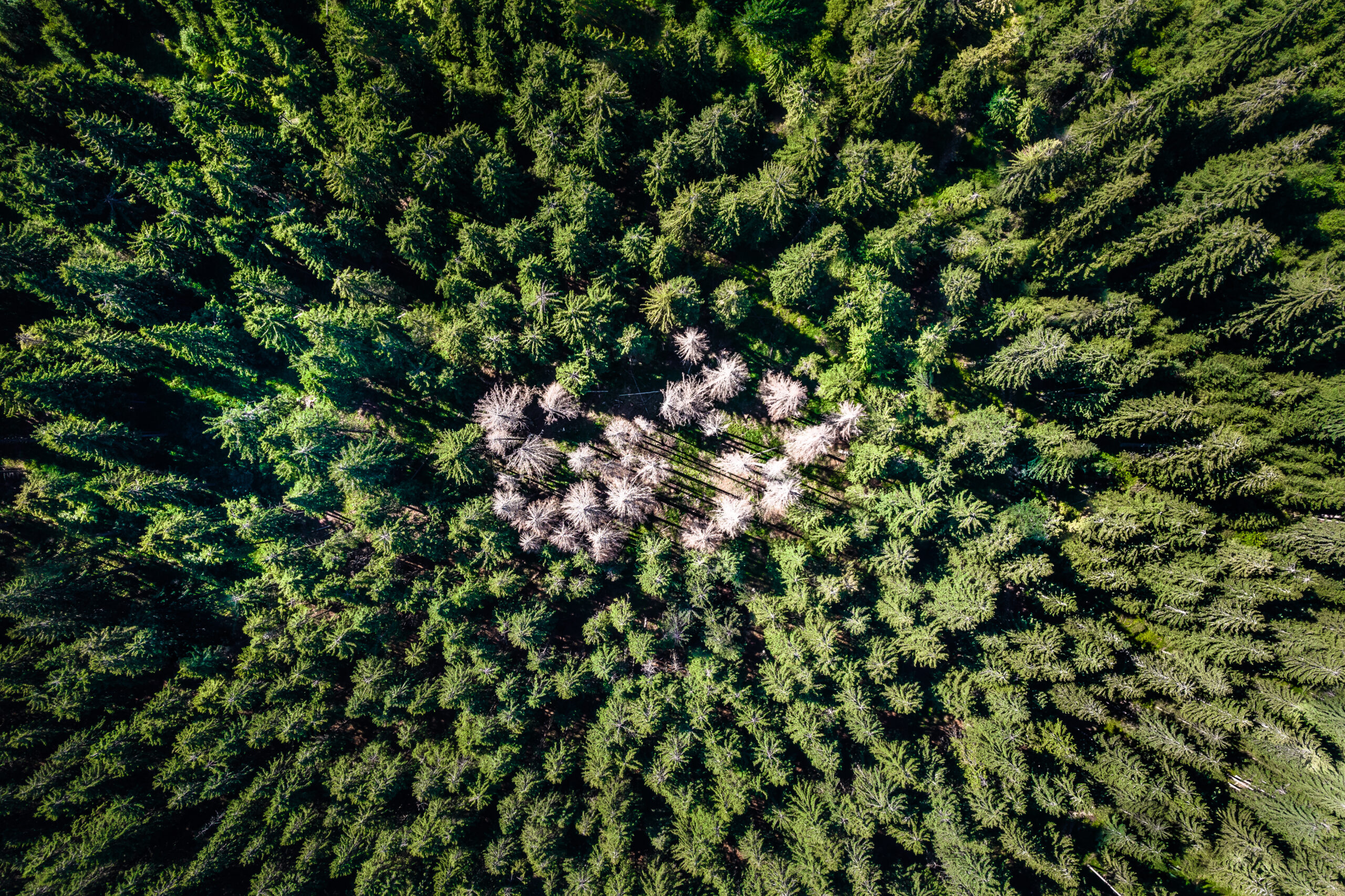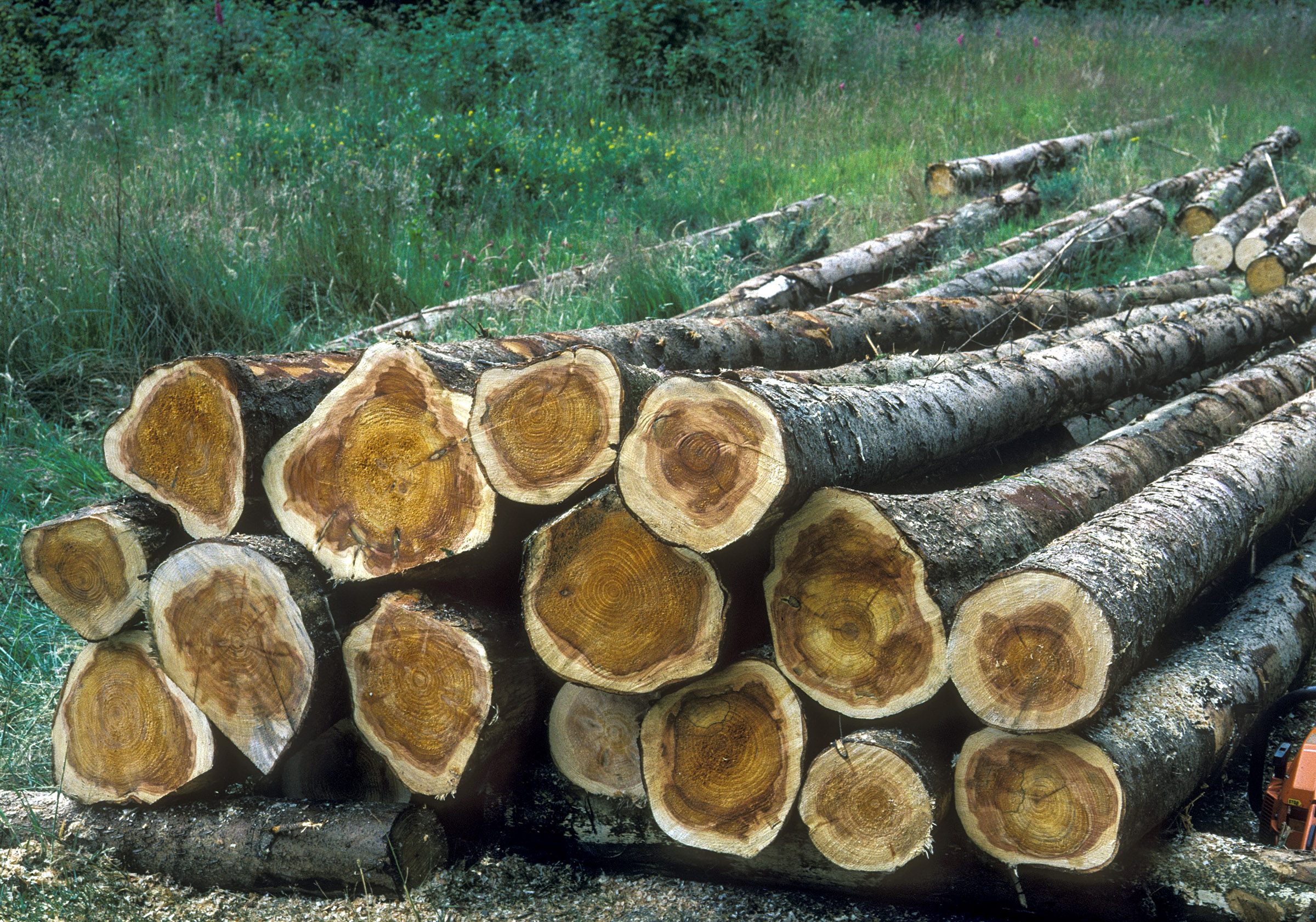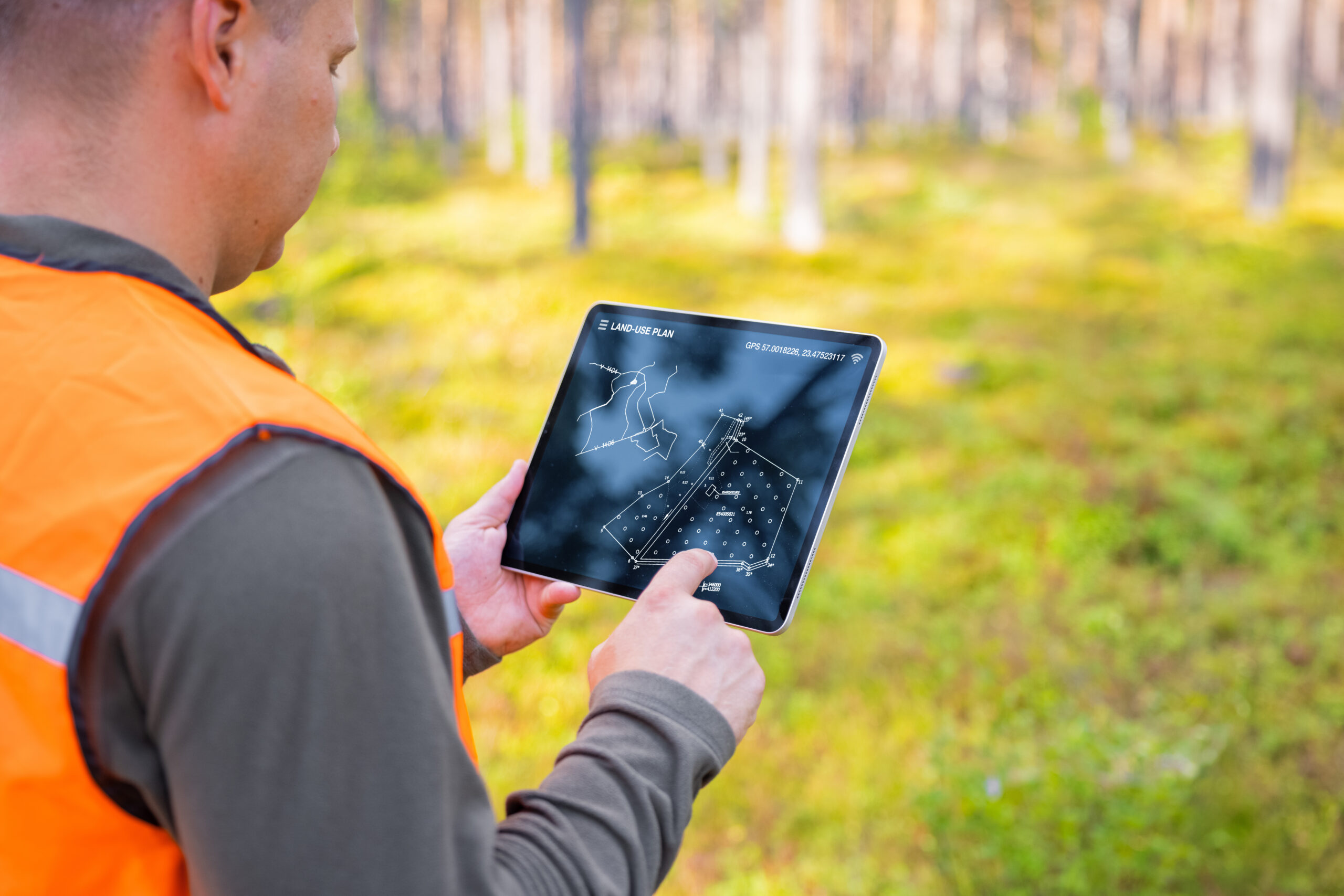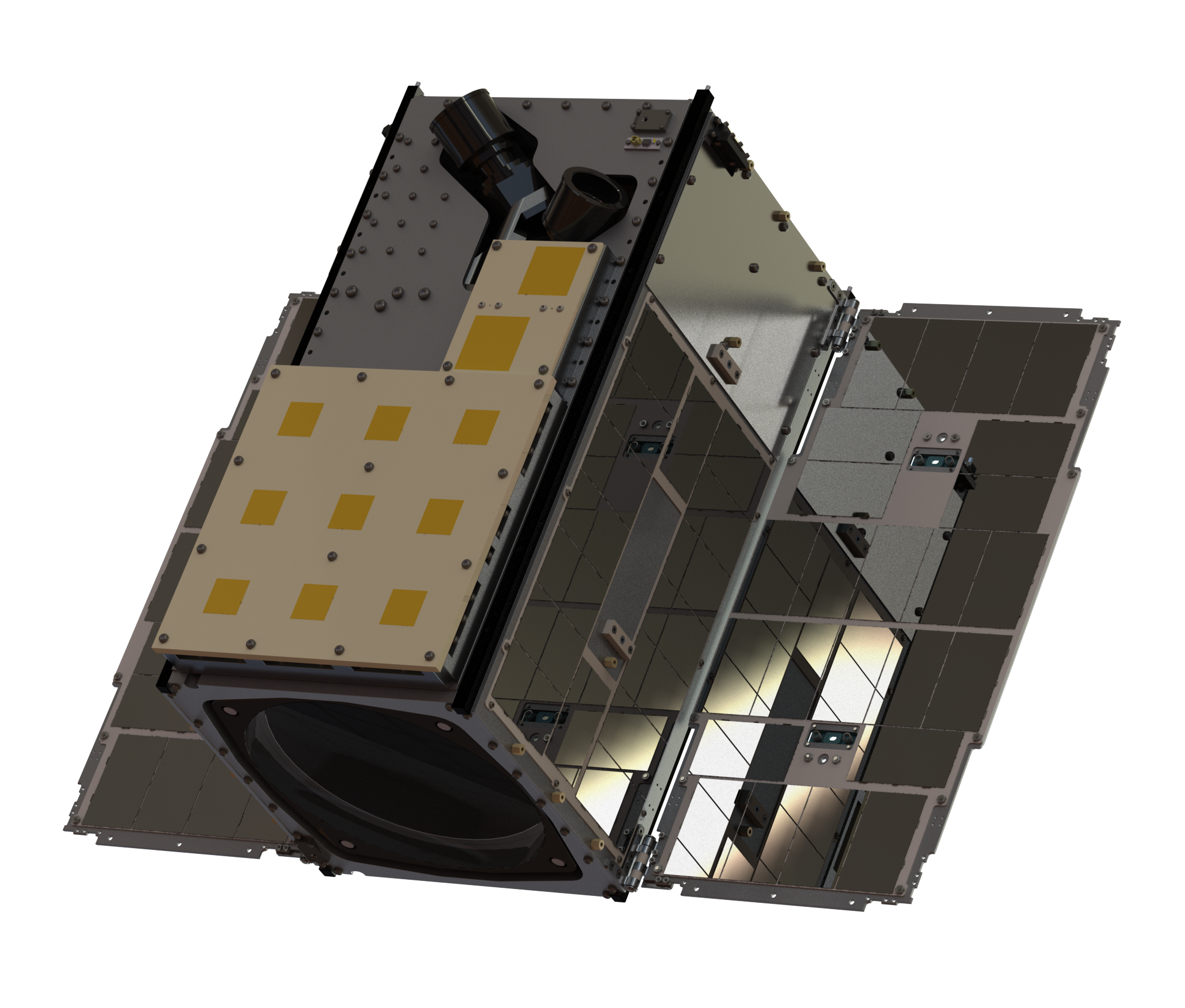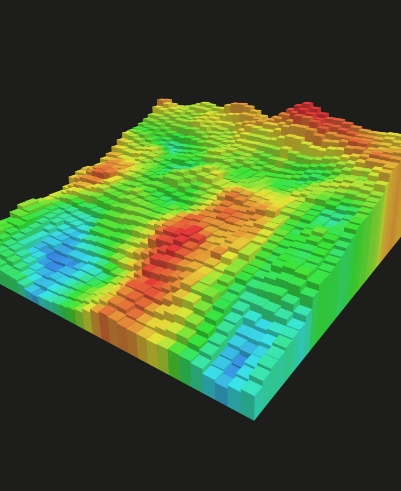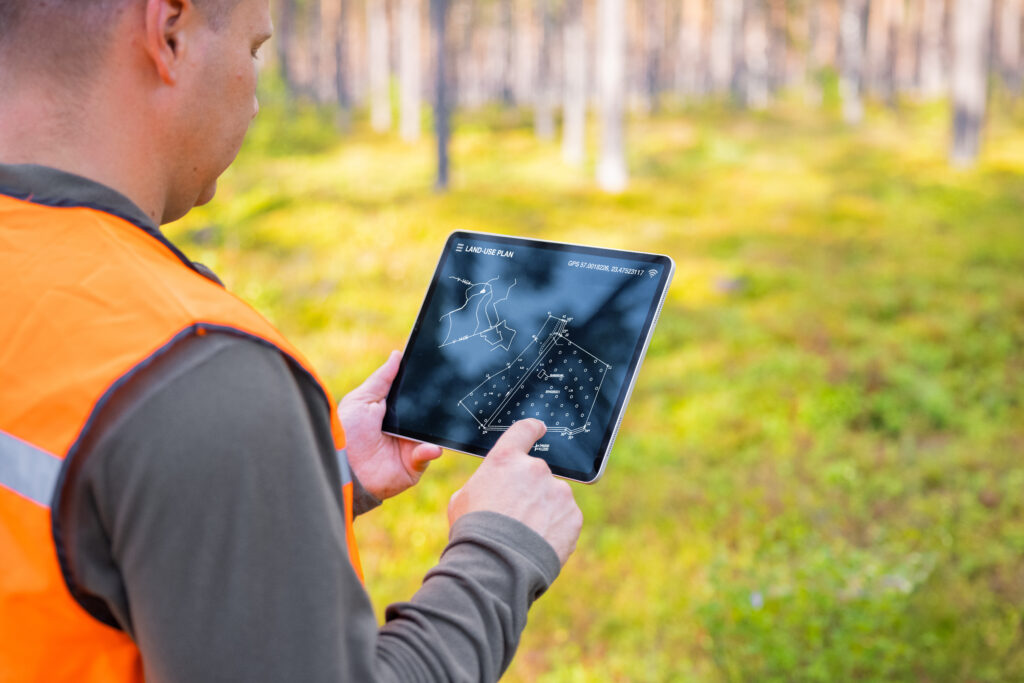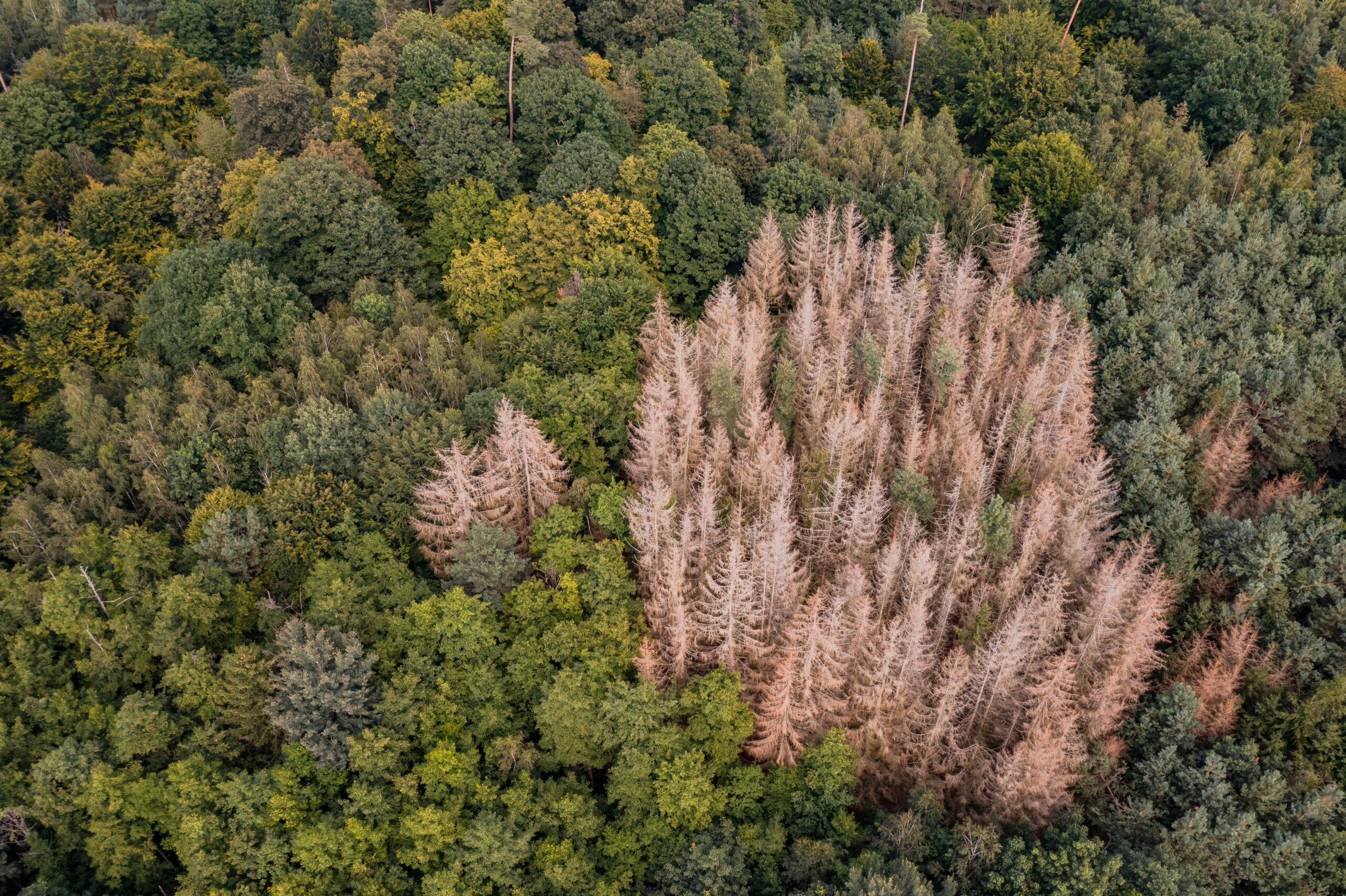
Forests on the Brink
- SPACE DATA AS A SERVICE
Strategic Resource Allocation
In British Columbia, forestry departments faced with limited budgets for pest management now deploy targeted interventions guided by satellite-detected hotspots of tree stress. This approach has improved treatment efficacy by 40% compared to traditional grid-based surveys, while reducing costs by nearly a third.
“We’re no longer shooting in the dark,” explains a senior forest health specialist. “Earth Observation gives us the precision to direct our limited resources exactly where and when they’re needed.”
Adaptive Management Frameworks
The European Forest Institute is leading a new approach to forest management that responds to real-time satellite data. Instead of relying on fixed schedules, foresters now adjust their strategies—such as when to harvest, how much to thin, or which species to plant—based on indicators of forest health and resilience detected from space.
This shift from calendar-based to condition-based forestry is a major leap forward. For example, if satellite data shows declining tree vigour in a specific stand, managers might delay harvesting or introduce more diverse species to boost resilience.
This approach, known as adaptive management, allows forests to be cared for in a way that reflects their changing conditions—an essential strategy in an era of climate stress and ecological uncertainty.
Community-Embedded Monitoring
In the Peruvian Amazon, Indigenous communities have partnered with NGOs and tech providers to implement localized monitoring systems using satellite deforestation alerts and smartphones. These tools integrate modern Earth Observation (EO) data with community-led patrols, enabling rapid, culturally appropriate responses to illegal logging. A study published in PNAS found that this model led to a 52% reduction in deforestation in its first year of implementation. Beyond forest protection, the initiative has strengthened Indigenous land stewardship and increased community capacity for environmental governance.
The service delivers:
Advanced Multispectral Imaging
Daily Revisit Capability
Actionable Analytics
Other Case studies
Sign up to our newsletters for the latest news, projects and more delivered straight to your inbox
"*" indicates required fields
